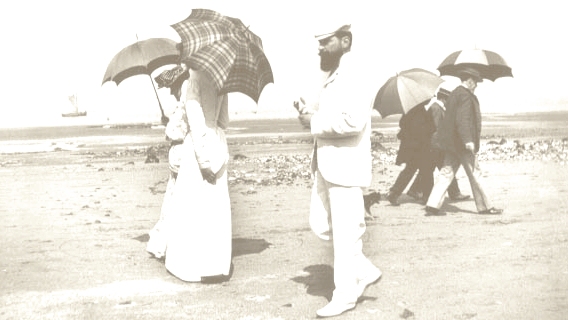Delancey Place
"Out of approximately 200,000 species of flowering
plants, only about 3,000 have been used extensively
for human food. Of these, only fifteen have been and
continue to be of major importance: four grasses
(wheat, rice, maize, and sugar), six legumes (lentils,
peas, vetches, beans, soybeans, and peanuts), and
five starches (potatoes, sweet potatoes, yams,
maniocs, and bananas)."
-
"Today, there are just over 6 billion people on earth.ibid. sort of
Six hundred years ago, in 1400, humankind was just 6
percent of that, or about 350 million, slightly more than
the current population of the United States. ... The 350
million people living in 1400 were not uniformly
distributed across the face of the earth, but rather
clustered in a very few pockets of much higher density.
Indeed, of the 60 million square miles of dry land on
earth, most people lived on just 4.25 million square
miles, or barely 7 percent of the dry land. The reason,
of course, is that that land was the most suitable for
agriculture, the rest being covered by swamp, steppe,
desert, or ice.
"Moreover, those densely populated regions of earth
corresponded to just fifteen highly developed
civilizations, the most notable being (from east to
west) Japan, Korea, China, Indonesia, Indonesia,
Indochina, the Islamic West Asia, Europe, Aztec, and
Inca. Astoundingly, nearly all of the 350 million people
alive in 1400 lived in a handful of civilizations
occupying a very small proportion of the earth's
surface. Even more astoundingly, that still holds true
today: 70 percent of the world's six billion people live
on those same 4.25 million square miles."



